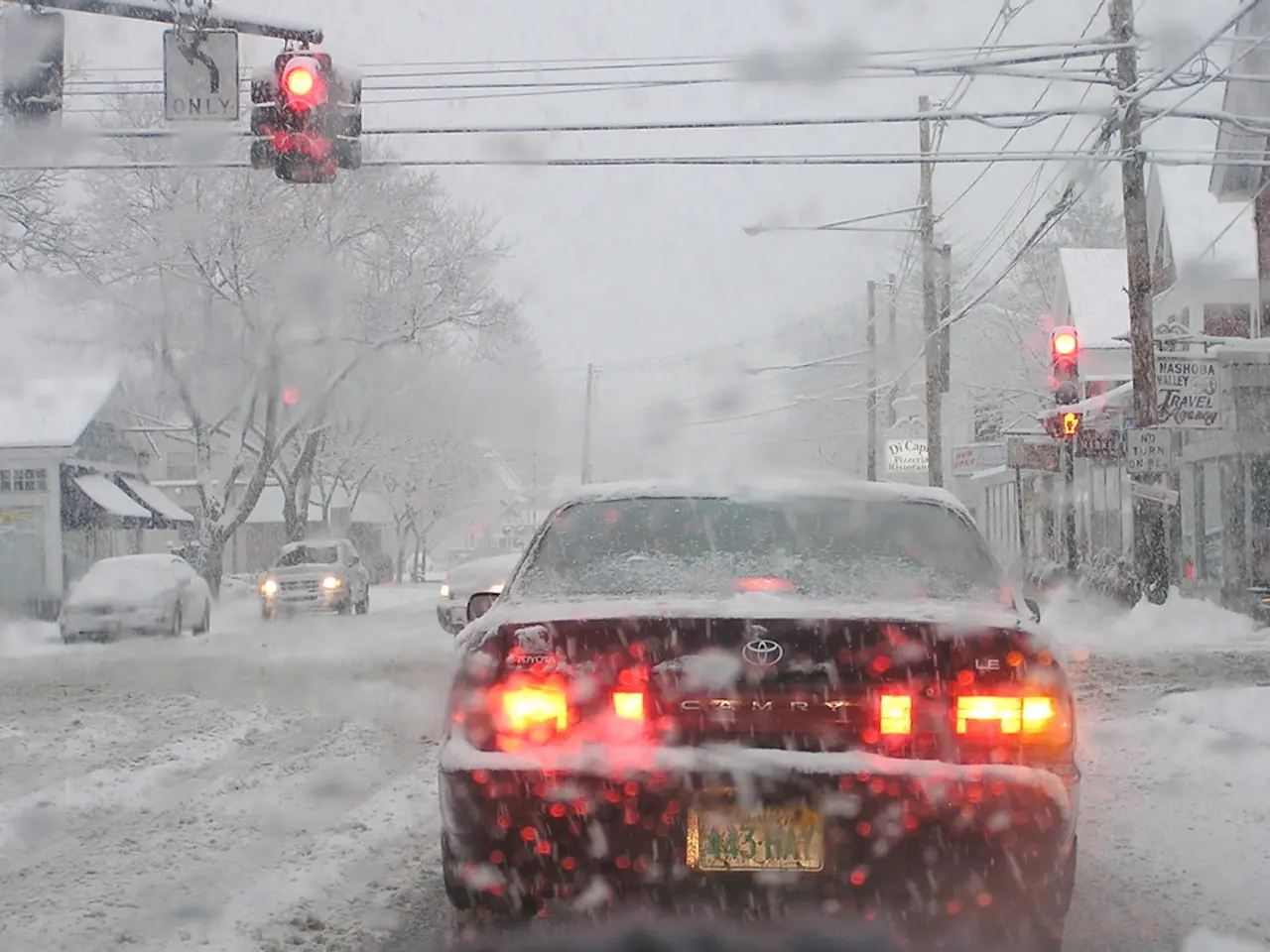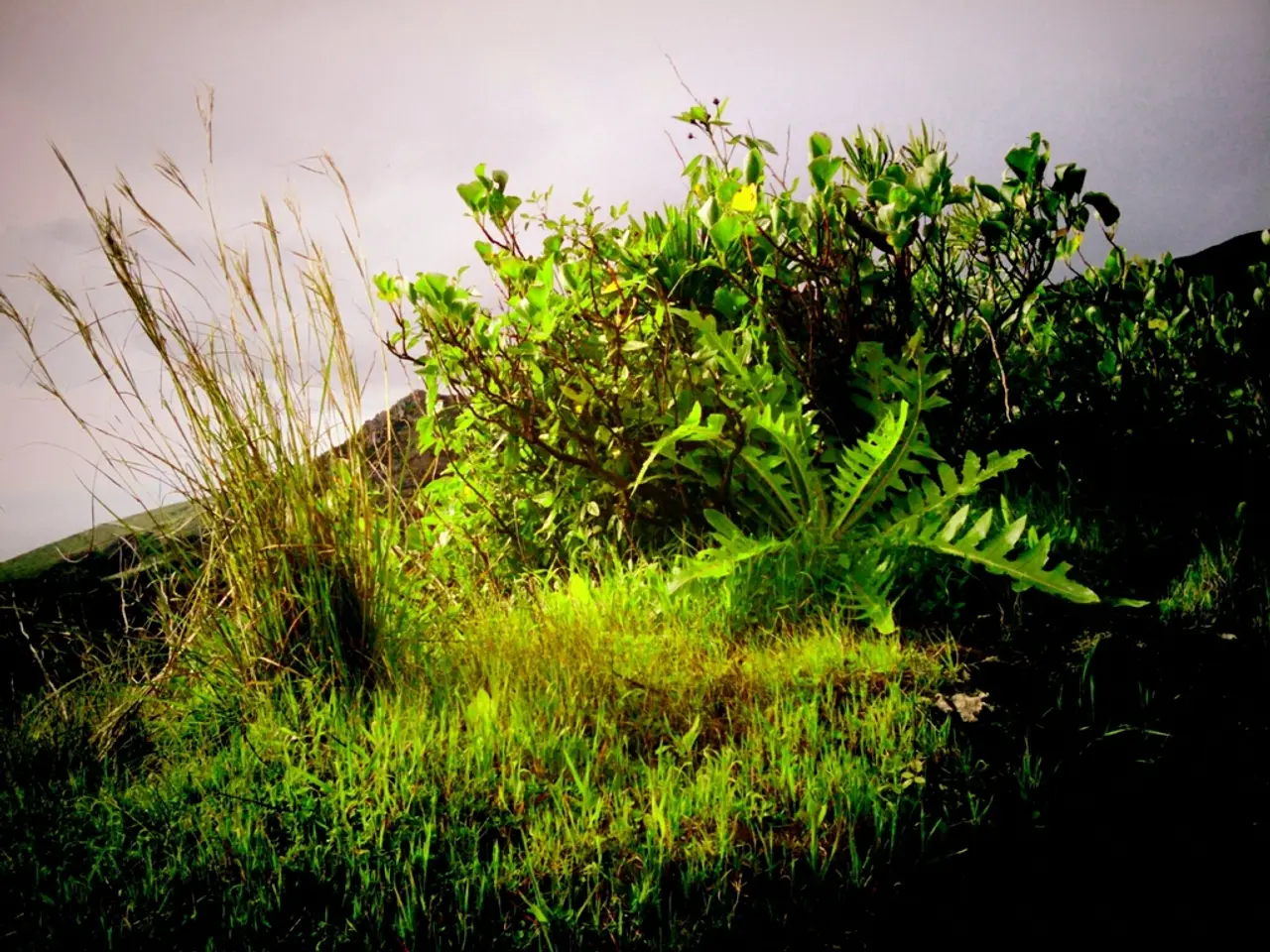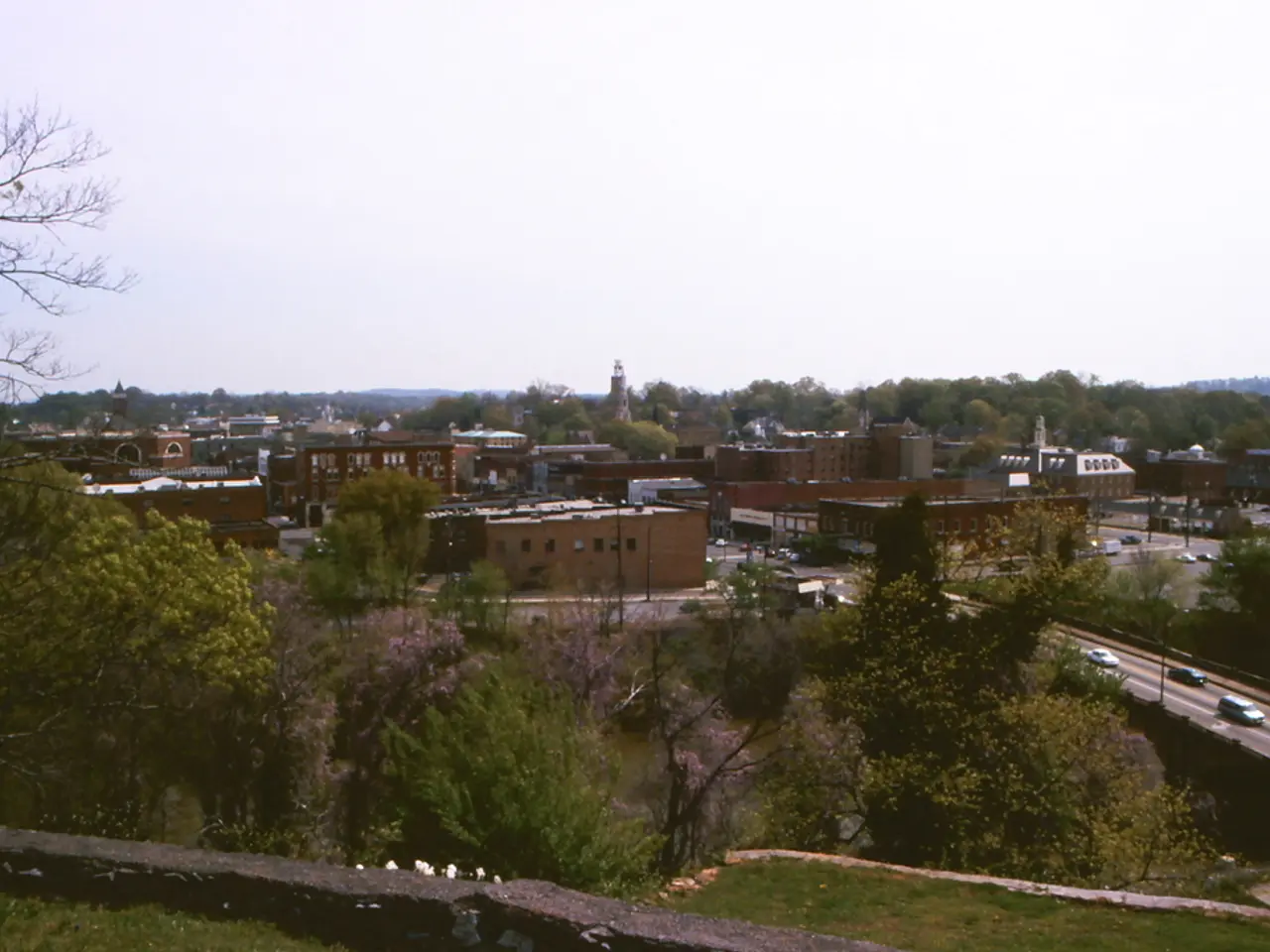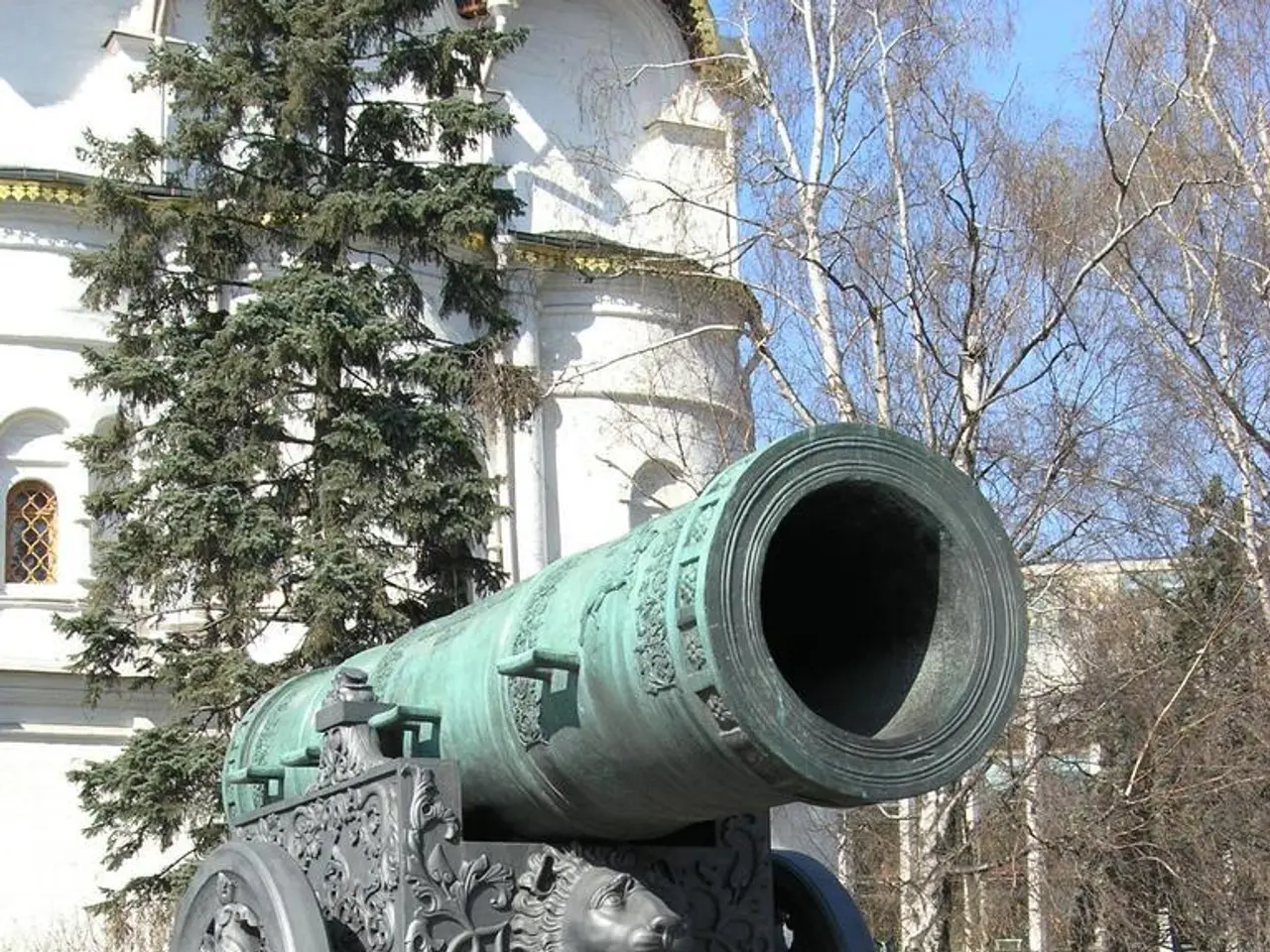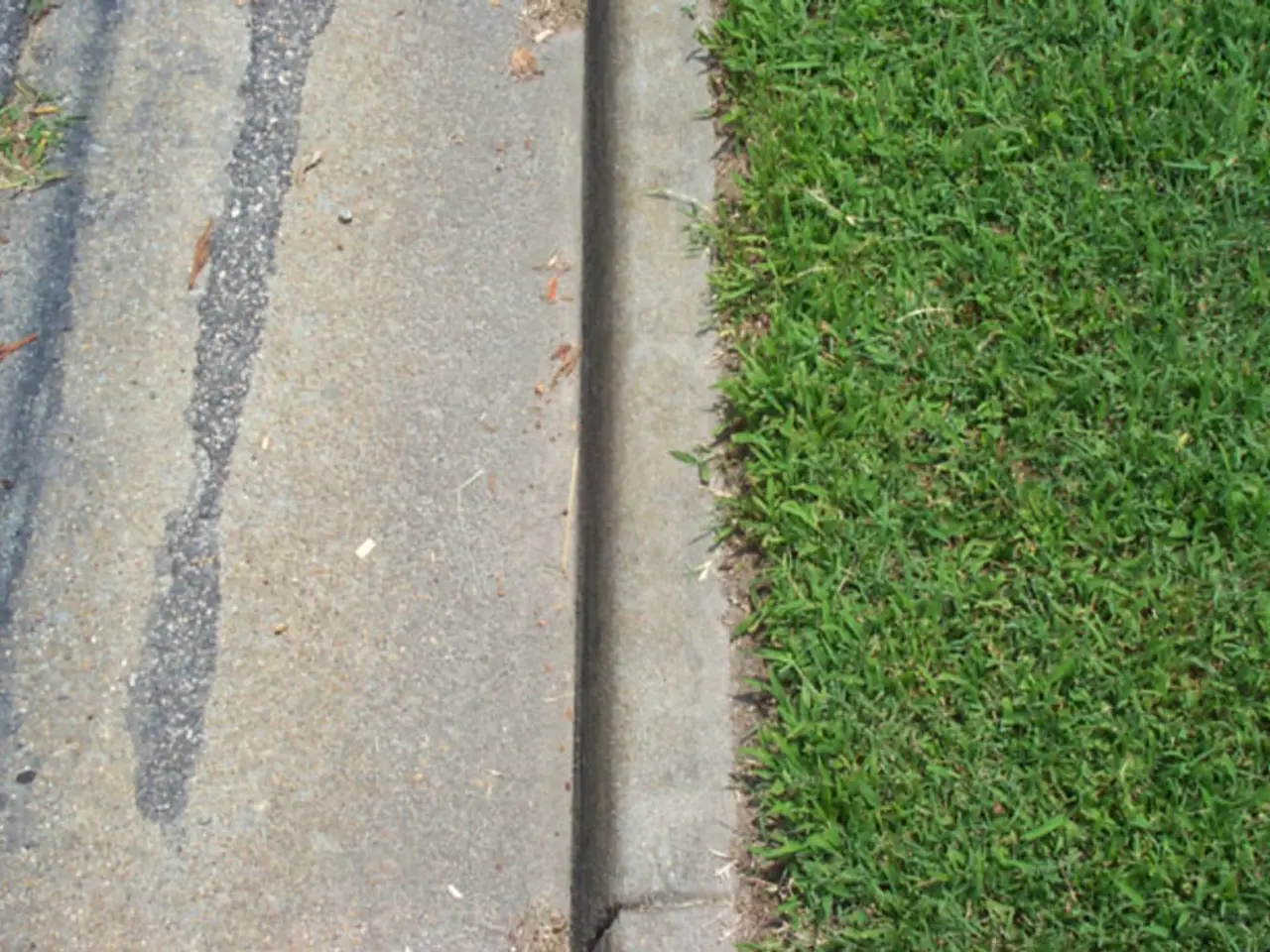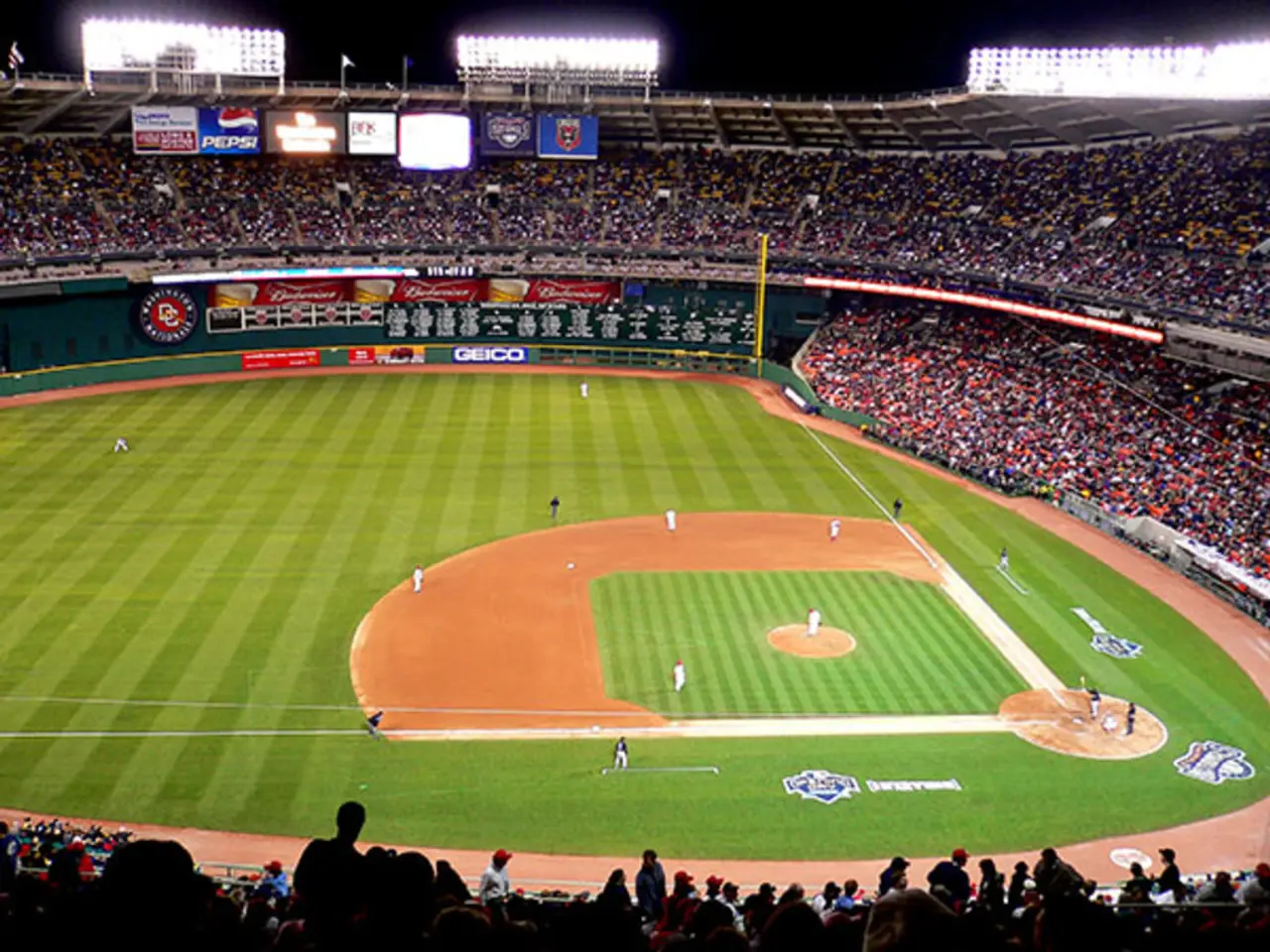Unanticipated and Artificially-induced Snowfall Phenomenon: An Examination of the Industrial Snow Observed Lately
In an unusual turn of events, a thin layer of snow has unexpectedly blanketed cities and suburbs in the Northeast. This is not your typical snowfall, but rather a phenomenon known as industrial snow.
Industrial snow forms when pollution-related aerosols interact with atmospheric moisture, creating a medium for multiphase chemical reactions that promote particle growth and cloud glaciation, leading to snow formation. These aerosols include fine particulate matter (PM2.5) containing nitrates and sulfates, which absorb water vapor.
The humidity resides in the lower layers of the atmosphere, just like the pollution that lingers at this level. Fine particulate matter from pollution acts as a condensation nucleus for ice crystals in the presence of slight humidity. This interaction triggers the formation of industrial snow.
Meteorologists find it challenging to predict industrial snow because it depends on complex interactions between pollution levels, humidity, temperature, and aerosol chemistry. The localized nature of pollution "hot spots" can create microclimates where condensation and ice crystal formation occur unpredictably above heated surfaces, complicating prediction efforts.
It's important to note that industrial snow is directly linked to pollution. The higher the level of pollution in a city, the higher the likelihood of experiencing industrial snow during winter months.
This snowfall, which occurred in areas where weather forecasts predicted none, serves as a stark reminder of the impact of pollution on our environment. While the snow may bring a temporary respite from the cold, it underscores the need for continued efforts to reduce pollution levels and protect our planet.
[1] Source: Atmospheric Chemistry and Physics, Vol. 17, No. 22, 2017 [2] Source: Journal of Geophysical Research: Atmospheres, Vol. 122, No. 24, 2017 [4] Source: Nature Geoscience, Vol. 13, No. 2, 2020
- The unusual snowfall in the Northeast, termed as industrial snow, can be traced back to environmental-science phenomena, where pollution-related aerosols interacting with atmospheric moisture promote particle growth and cloud glaciation, ultimately leading to snow formation.
- This form of snow, such as that recently seen in unexpected city and suburban areas, is directly linked to pollution levels, making it a stark reminder of the significant impact of weather-related environmental changes on our planet.
